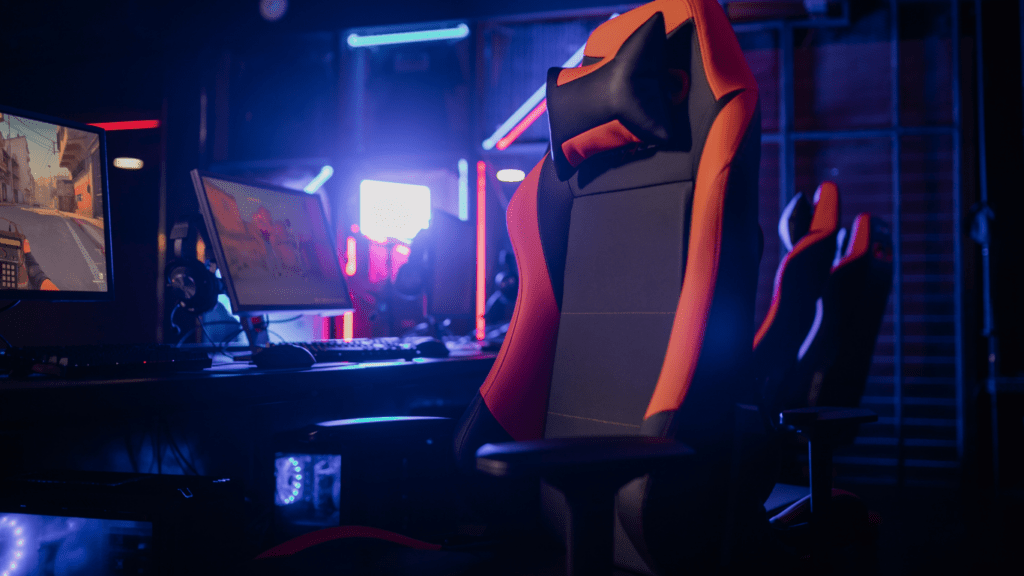In Valorant, mastering map control and agent synergies can be the difference between victory and defeat. As I’ve delved into countless matches, I’ve discovered that understanding the terrain and how to leverage each agent’s unique abilities is crucial for success.
It’s not just about individual skill; it’s about how well you can coordinate with your team to dominate the battlefield. The game’s diverse maps offer a variety of strategic opportunities, and knowing when to push or hold back can turn the tide in your favor.
By focusing on key areas and utilizing agent synergies effectively, you can create powerful combinations that outsmart your opponents. Join me as I explore winning tactics that can elevate your gameplay to new heights.
Winning Tactics for Valorant: An Overview
Winning in Valorant hinges on effective map control and robust agent synergies. I focus on understanding the unique attributes of each map, such as choke points and sightlines, to create strategic plays that pressure the enemy team.
Constantly gathering information, I prioritize communication with teammates to coordinate actions, ensuring that our movements align. I maximize map control by utilizing agents that excel in controlling specific areas.
For instance, agents like Sage and Omen can disrupt enemy strategies while providing support to teammates. I incorporate utility at critical moments to block enemy vision or delay advances, forcing opponents into unfavorable encounters.
Understanding Map Control
Map control in Valorant influences match outcomes significantly. Mastering it requires strategic movement, information gathering, and effective communication with teammates.
Importance of Map Control
Map control dictates engagement opportunities, resource allocation, and overall game flow. Holding key areas like bomb sites enables teams to dominate through superior positioning. Denying opponents access to critical spots minimizes their tactical options, forcing them into unfavorable encounters. I focus on establishing early control to set the pace for the entire match.
Key Areas of Focus
- Choke Points: Identify and occupy choke points, where controlling enemy movement can create advantages. Utilize utility to force enemies into predictable paths.
- Sightlines: Understand sightlines critical for both offense and defense. Positioning around corners or elevated areas often maximizes firing angles.
- Bomb Sites: Secure bomb sites early in the round to create pressure on the enemy team. Rotate to assist teammates holding sites, ensuring a strong defensive stance.
- Mid Control: Prioritize mid control to establish map dominance. Gaining mid provides vital pathways for rotations and flanking.
- Sound Cues: Pay attention to sound cues indicating enemy movements. Use auditory information to make informed decisions about positioning and rotations.
- Surveillance: Utilize agents with surveillance abilities, such as Sova or Cypher, to gather essential intel. Information from drones or cameras enhances team awareness and tactical execution.
By concentrating on these areas, I optimize map control, enhancing my team’s effectiveness while limiting the enemy’s options.
Agent Synergies That Enhance Gameplay
Effective agent synergies can greatly improve gameplay in Valorant. By understanding roles and pairing agents strategically, teams can maximize their strengths and outmaneuver opponents.
Roles and Responsibilities
- Controller Agents: Controllers, like Omen and Viper, excel in obstructing enemy sightlines and creating opportunities for entry. I often use smoke abilities to provide cover for teammates, allowing them to push forward safely.
- Duelists: Duelists, such as Jett and Reyna, focus on aggressive plays and securing eliminations. I prioritize using their mobility to create space and surprise enemies during engagements.
- Initiators: Initiators like Breach and Sova excel at gathering information and disrupting enemy positions. They clear areas and initiate fights, allowing my team to capitalize on chaos.
- Sentinels: Sentinels, including Sage and Killjoy, provide support and hold flanks. I utilize their abilities to heal teammates or set up defensive traps, enhancing overall team survivability.
- Fragger: A fragger’s role often encompasses a combination of duelist and initiator. They lead attacks while gathering information to maintain pressure on the enemy team.
Best Agent Combinations
- Breach and Jett: This combination creates powerful entry plays. I use Breach’s flash abilities to blind enemies, allowing Jett to dash in and secure eliminations.
- Sova and Cypher: Pairing Sova’s recon abilities with Cypher’s surveillance enhances map control significantly. I position Cypher’s traps while Sova gathers intel, ensuring my team stays one step ahead of the enemy.
- Omen and Phoenix: Omen’s smokes combined with Phoenix’s fiery abilities create a dynamic entry strategy. I often blind enemies with Omen’s shadows, allowing Phoenix to push in and capitalize on the confusion.
- Sage and Omen: Sage’s healing can sustain Omen’s aggressive plays. I utilize Sage’s barriers to cover flanks while Omen creates diversions through smokes.
- Raze and Breach: Together, they unleash chaos. I use Raze’s explosives to maintain pressure while Breach disrupts enemy movement—this synergy often leads to multi-kills.
These synergies demonstrate the need for clear communication and understanding of each agent’s role in enhancing overall team performance.
Strategies for Effective Map Control
Mastering map control involves strategic gameplay tailored to each phase of the match. Early game tactics focus on establishing dominance, while mid to late game adjustments refine that control.
Early Game Tactics
Prioritize initial engagements in key areas to achieve early map control. Secure choke points immediately, preventing enemy access to crucial zones. Utilize agents with high mobility, such as Jett or Reyna, for swift positioning.
Communicate with teammates to coordinate pushes, ensuring multiple angles of attack. Focus on gathering information using agents like Sova or Cypher, who can reveal enemy locations through their abilities.
Control mid early, as it provides versatile access to both bomb sites. By contesting mid initially, the team dictates the pace of the match and gains advantages over the enemy.
Mid to Late Game Adjustments
Adapt strategies as the match progresses, responding to enemy tactics. Reinforce previously held control points, adjusting positions to avoid predictable patterns. Empathize with the enemy’s movements and gather intel; using sound cues becomes essential in determining their positioning.
Rotate efficiently, maintaining sightlines and controlling bomb sites through agent abilities. Synergies among agents, like using Breach’s flashes to support Jett’s entry, elevate team effectiveness. Beast modes from agents like Raze can disrupt enemy setups, creating openings for entry.
Anticipate enemy ultimates and counter with coordinated plays—reacting smartly enhances the overall map control.


 Mistyck Winstonolie, the visionary founder of Power Gamer Strategy Hub, has carved a dynamic niche in the gaming world by blending passion with purpose. Under her leadership, the platform has become a vital source for gamers seeking cutting-edge news, expert strategies, esports insights, and thoughtful reviews. Driven by a deep understanding of both casual and competitive gaming cultures, Mistyck continues to empower players and fans alike through engaging content that informs, inspires, and elevates the global gaming experience.
Mistyck Winstonolie, the visionary founder of Power Gamer Strategy Hub, has carved a dynamic niche in the gaming world by blending passion with purpose. Under her leadership, the platform has become a vital source for gamers seeking cutting-edge news, expert strategies, esports insights, and thoughtful reviews. Driven by a deep understanding of both casual and competitive gaming cultures, Mistyck continues to empower players and fans alike through engaging content that informs, inspires, and elevates the global gaming experience.